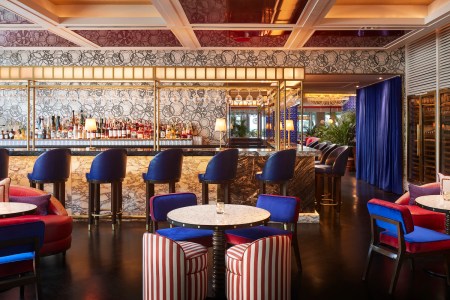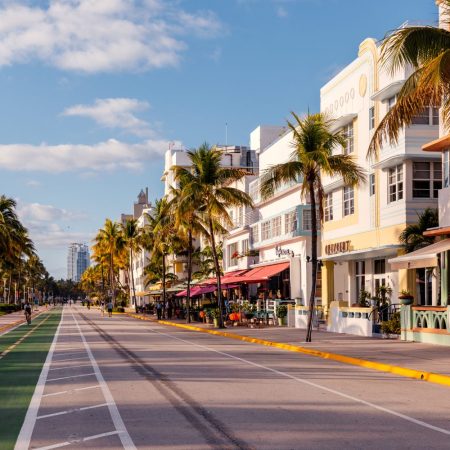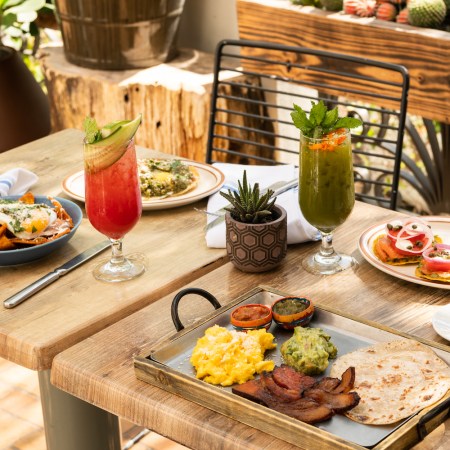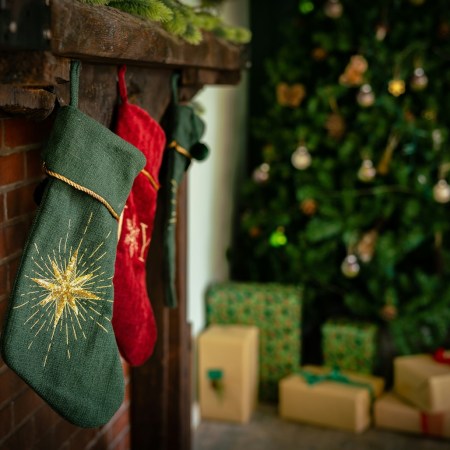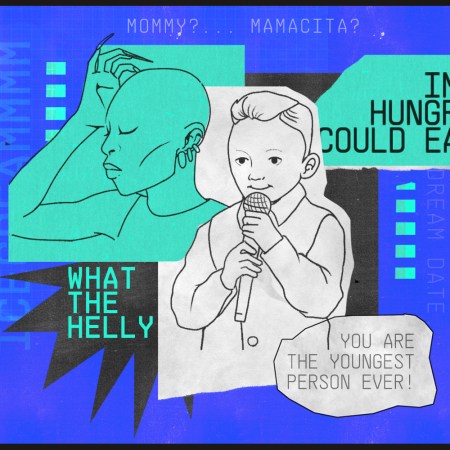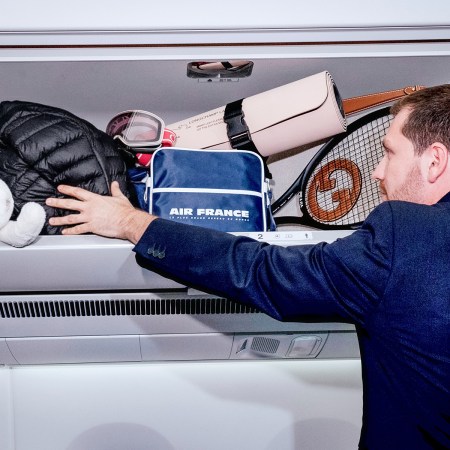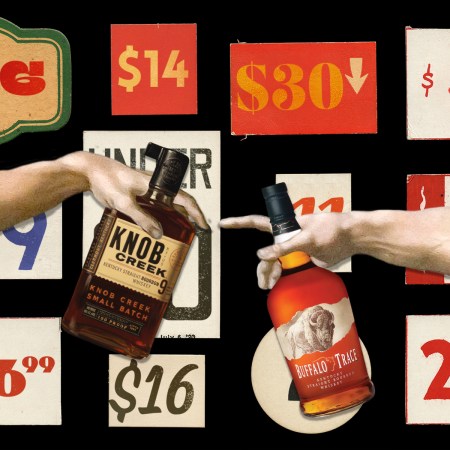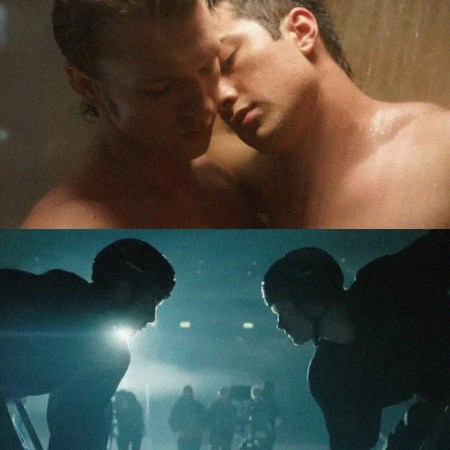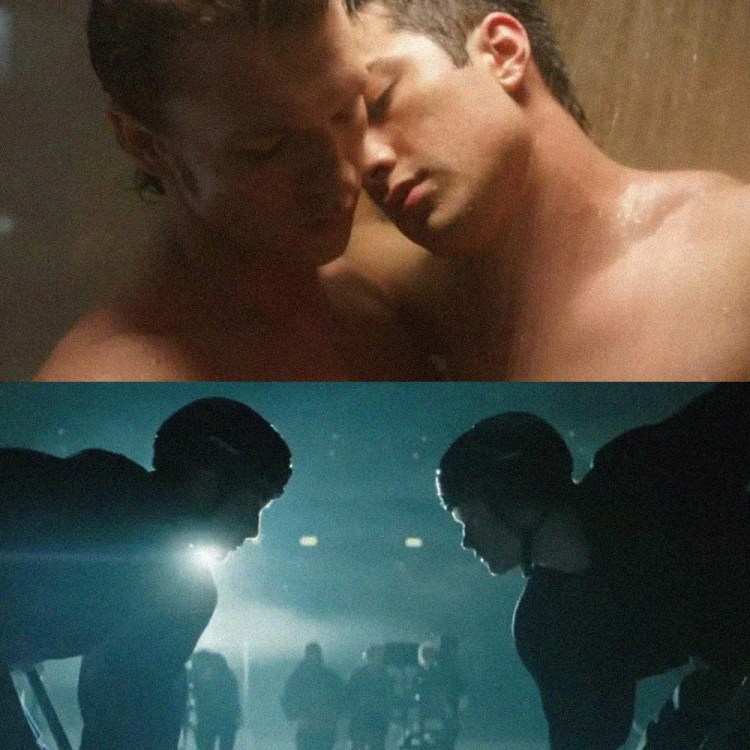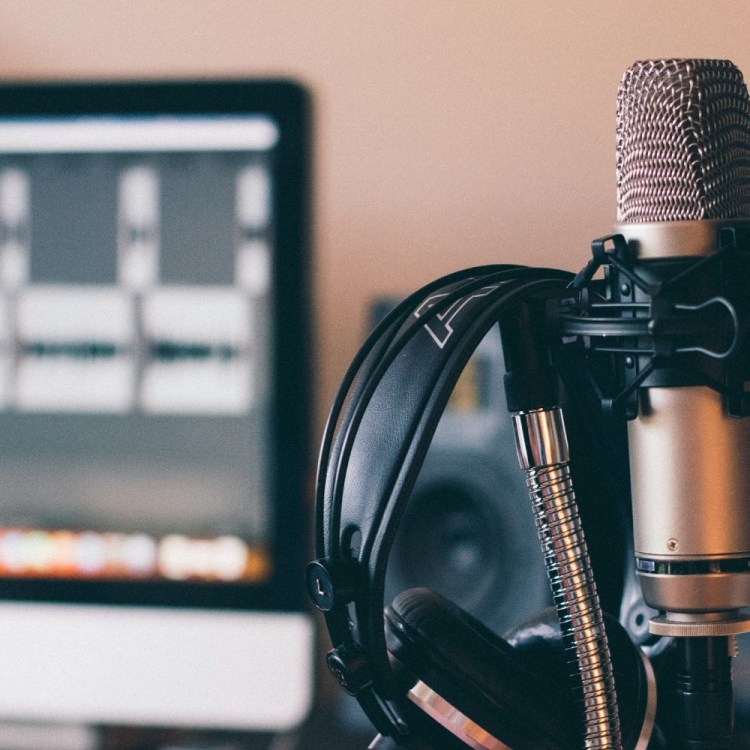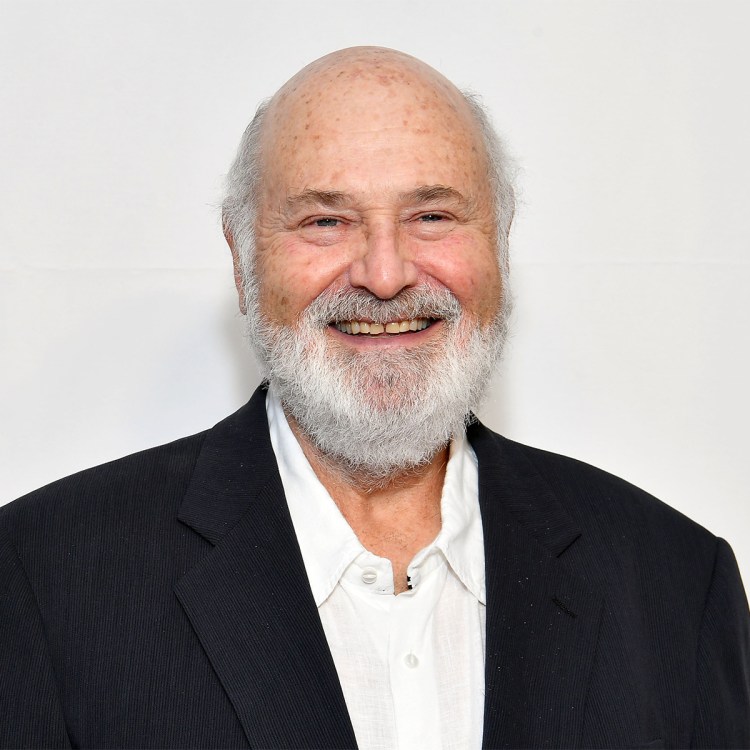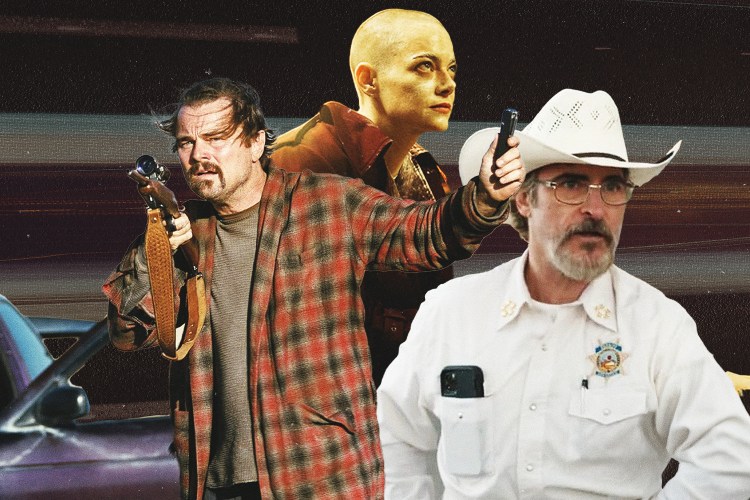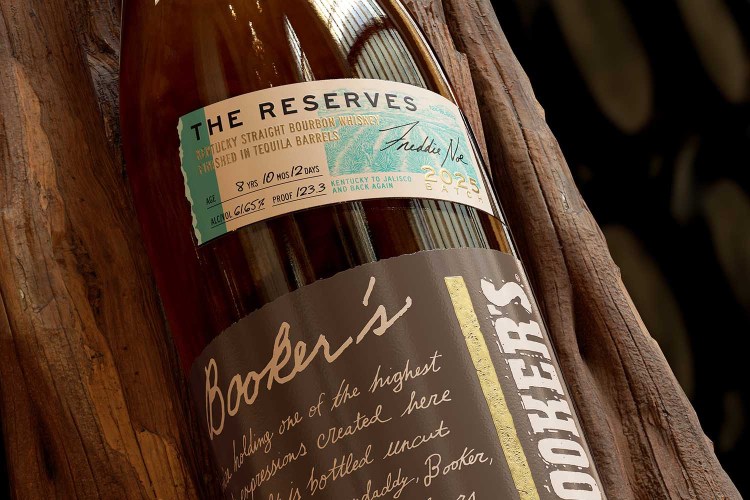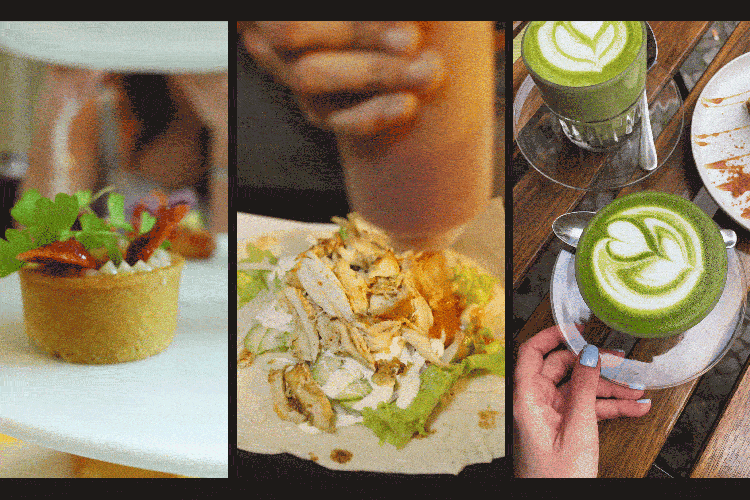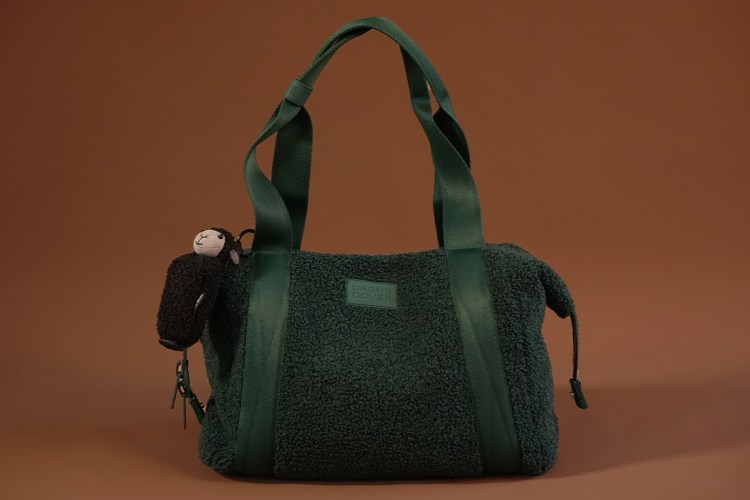Forty years ago, the first episode of Miami Vice aired on NBC. In an article examining the show’s impact for Vulture, Matt Zoller Seitz observed that it was “immediately seductive and addictive” and hailed the aforementioned pilot as “a shimmering postmodern neo-noir.” David Chase, best known for creating The Sopranos, called Miami Vice “a sea change” in terms of its influence on the television shows that came in its wake.
But there’s another aspect to Miami Vice‘s influence to consider. In a new piece for Air Mail, Josh Karp took stock of the show’s broader cultural impact, from its audience’s sartorial choices to the future movie stars who had early roles there. And there’s also the role of the city where it was set, which Karp convincingly argues was also transformed by the show’s status as a hit.
Specifically, Karp observed that local leaders in Miami were concerned that the show could reflect poorly on the city itself. Once it was established as a hit, however, they “began reshaping what was then a vacation spot for elderly snowbirds into a place that better reflected the series,” he writes.
A 1989 New York Times article timed around the final Miami Vice episode shows those changes happening in real time. “[A]s the show featured Art Deco buildings painted in pastel pinks, greens and blues — in effect anointing that as the official Miami look — more and more Miami buildings took on those hues,” wrote Jeffrey Schmalz at the time.
Where to Eat and Drink in Miami Right Now
From classic Cuban to modern cocktails, Miami has one of the most exciting culinary scenes in the worldToday, Miami is home to the sports team with Adidas’s best-selling jersey and a decades-old art fair. The Miami that followed Miami Vice is a very different place than the city that predated the show — and it’s worth considering just how much Miami in 2024 owes to an onscreen version of Miami in 1984.
This article appeared in an InsideHook newsletter. Sign up for free to get more on travel, wellness, style, drinking, and culture.

